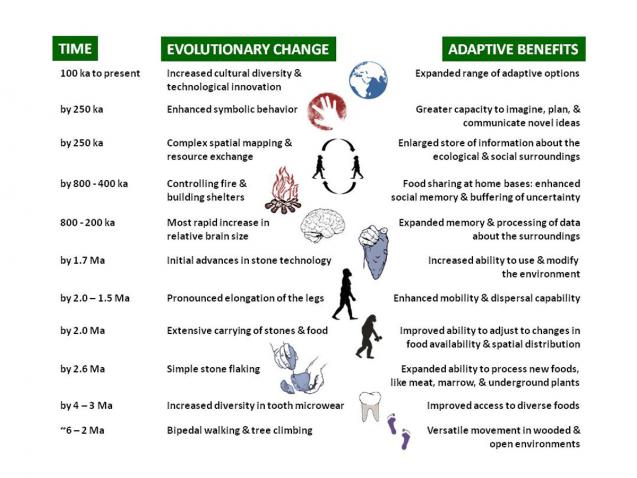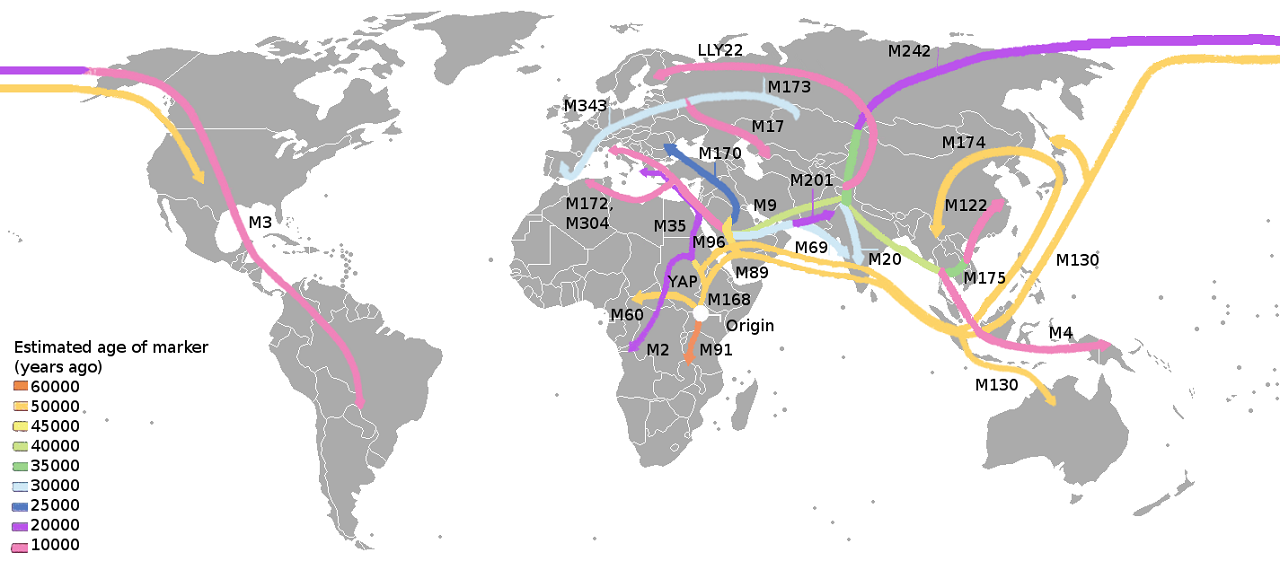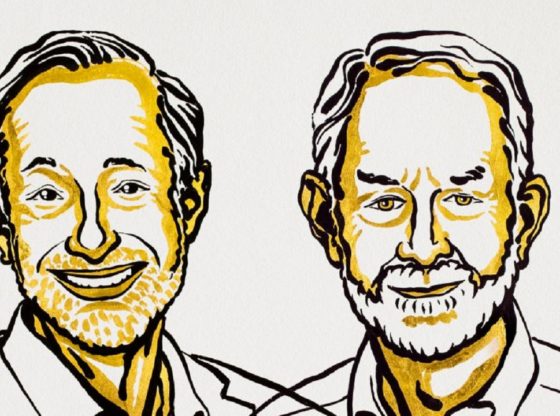This is a three-part series summarizing the magnificent human journey from hunter-gatherers to civilization builders and to the modern world we see today. Part 1 Hunter Gatherers, Part 2 Civilization and Part 3 Wealth of Nations.
Hunter Gatherers
Before human civilization came into existence and we settled down to farm and to form villages and even cities – We were hunter-gatherers in Africa for hundreds of thousands of years and then came an era of early human migration when our species colonized the world.
This Paleolithic migration era is the prerequisite that made human civilization possible and was to forever shape our future on this planet. It was the time period when our species came to be the dominant species on the planet. As we began to form our surroundings at our will.
Human Cousins: Homo Hidelbergensis
But before Homo Sapiens began to colonize the rest of the world our closest ancestor Homo Heidelbergensis had already spread across large areas of the world. Homo Sapiens, Denisovans, Neanderthal, and Florensis are all believed to be descendants
About 300,000 to 400,000 years ago, Heidelbergensis left Africa and shortly thereafter separate themselves into two main groups. With one group that branched northwest into Europe and West Asia. Another group that ventured eastwards throughout Asia
The two populations were mostly isolated during the Wolstonian Stage and Ipswichian Stage, the last of the prolonged Quaternary glacial periods. The European group eventually evolved into Neanderthals probably some 300,000 years ago, during the Wolstonian Stage and the Asian group eventually evolved into Denisovans.
Those of Heidelbergensis still living in Africa eventually diverged into H. Sapiens probably between 200,000 and 100,000 years ago in Africa. Indicated by such fossils as the Atapuerca skull and the Kabwe skull, that bear witness to the two branches of the H. heidelbergensis tree.
Human Cousins: Homo Neanderthalienis
The Neanderthals had existed four several hundreds of thousands of years in Europe long before Homo Sapiens were to arrive. And here they had continued to evolve and adapt to the colder climate of the continent.
Being very robust they had developed features that better cope with extreme cold, with shorter limb proportions, a wider, barrel-shaped rib cage, a reduced chin and, perhaps most notably, a large nose. A large nose is hypothesized to either being able to warm cold air before entering the lungs or to cool down air in very warm climates. As Miquel Hernández of the Department of Animal Biology at the University of Barcelona note “high and narrow nose of Inuits” and “Neanderthals” is an “adaption to a cold and dry environment”, since it contributes to warming and moisturizing the air and the “recovery of heat and moisture from expired air”.
The Neanderthals probably had an identical cranial capacity to Cro-Magnon, but they also seem to have had a larger brain than all other hominids.
Homo sapiens, on the other hand, have the smallest brows of any known hominid, they are also are taller and more gracile, and have a flat face with a protruding chin. Also a larger brain than H. Heidelbergensis, but a smaller brain than H. Neanderthalensis, on average.
Human Cousins: Homo Sapiens

Homo sapiens is believed to have appeared in East Africa around 200,000 years ago, with the oldest individuals the “Homo remains” (195,000 years ago) and the “Homo sapiens idaltu” (160,000 years ago), both found at Middle Awash in Ethiopia.
The so-called “Mitochondrial Eve” hypothesis was presented in the 1980s by Allan Wilson, Rebecca Cann, and Mark Stoneking. It aimed to identify informative genetic markers for tracking human evolutionary history, to focus on mitochondrial DNA (mtDNA) — genes that sit in the cell, but not in the nucleus, and are passed from mother to child.
This DNA material mutates quickly, making it easy to plot changes over relatively short time spans. And by comparing differences in the mtDNA this made it possible to estimate when and where modern humans first evolved.
The team compared mtDNA in people of different racial backgrounds and concluded that all modern humans are related to one ‘lucky mother’ in Africa who lived about 150,000 years ago.

From Africa We Went: Conquering Earth
An African exodus over the Arabian Peninsula occurred around 125,000 years ago which brought modern humans to Eurasia. But evidence suggests that they retreated back to Africa, probably as their settlements were replaced by Neanderthals.
And it is now generally believed that the first modern humans to spread east across Asia left Africa about 75,000 years ago across the Bab el Mandib connecting Ethiopia and Yemen.
Some of these people then went east to South Asia by 50,000 years ago and settled in coastal areas around the Indian Ocean. Some continued on to Australia by 46,000 years ago at the latest.
Homo Sapiens first reached Europe around 43,000 years ago and eventually replaced the Neanderthal population already living there.
As the first humans reached East Asia 30,000 years ago. Some of these were to continue westwards and colonize the American Continents. The date of humans migrating to North America is disputed, however. It may have taken place around 30,000 years ago, or later around 14 thousand years ago.
These humans probably originated from Central Asia and crossed the Beringia land bridge between eastern Siberia and present-day Alaska. Reaching the Americas probably before the latest ice age. Possibly following herds of fauna along an ice-free corridor that stretched between the Laurentide and Cordilleran ice sheets.
The oldest DNA evidence of human habitation in North America was found in 2014. This DNA was radiocarbon dated to 14,300 years ago and was found in fossilized human coprolites uncovered in the Paisley Five Mile Point Caves in south-central Oregon.
Colonization of the Pacific islands in Polynesia began around 1300 BCE and was completed by 900 CE. The ancestors of Polynesians left Taiwan around 5,200 years ago.
Humans had thus colonized the world but the story of civilization began much later, to be examined in part II and part III of The human story of civilization.
Changing Appearances
During the period of which humans remained separated on different continents, in Europe, South and East Asia, The Americas and Africa – visual differences started emerging between peoples.
People living closer to the poles where sunlight is weaker and rarer, developed light skin to be able to produce more vitamin D.
Blonde hair (and red hair) is believed to be a mutation (gene MC1R) that appeared some 11,000 years ago in Europe. Today less frequently in other areas and more common in Northern European populations. Why it appeared or rather why it has remained it a question not yet answered by science. Canadian anthropologist Peter Frost propose that blond hair evolved very quickly in a specific area at the end of the last ice age by means of sexual selection. It could also have remained due to being a little more effective way to spot certain diseases. As anemia, jaundice, skin infections, cyanosis (a sign of heart disease) and some other conditions, are according to researchers, much easier to detect in fair-skinned individuals than in brunettes.
So-called ‘Asian eyes’ (described by scientists as epicanthic folds) were probably an adaption to protect the eyes in a windy environment, cold and the glare off the snow. The narrow but generally longer noses among Inuits living in the far north is probably an adaptation to cold climate and air. And so is a more stocky figure, since heat evaporates more quickly from large surfaces than from small. This simple physical law explains why the body dimensions vary greatly between the warm south and the cold north. Inuit are smaller and more compact in general, with shorter arms and legs, which provided a minimum of heat loss to the surroundings. Peoples south of the equator instead, such as the Masai, are built quite contrary, providing an optimal delivery of heat under the hot sun.
These differences in appearances occurred only during the latest 50,000 to 30,000 years ago. In recent years it has been found that genes from our cousins are still present among people today (1-6 percent of our DNA). Future research may reveal that these genes are more than just a curiosity of an ancient past, perhaps they have also had an effect on our appearances and our geographic adaptation. As one theory is that Neanderthals, Denisovans, Homo Heidelbergensis and perhaps more human cuisines have all contributed to our own species viral and bacterial immunity having evolved in geographical locations where ancient diseases have been present for a very long time, such as malaria.
Recently, the Bradshaw Foundation and Steven Oppenheimer presented the below virtual global journey to human settlements on all continents. Hit the link for a virtual experience of humans conquering the world. Virtual experience
_______________
Climate Effects on Human Evolution
The timing of pigmentation lightening in Europeans
Biological Perspectives on Human Pigmentation
European hair and eye color: A case of frequency-dependent sexual selection?
Stature estimation from complete long bones in the Middle Pleistocene humans from the Sima de los Huesos, Sierra de Atapuerca (Spain)
______________________________























